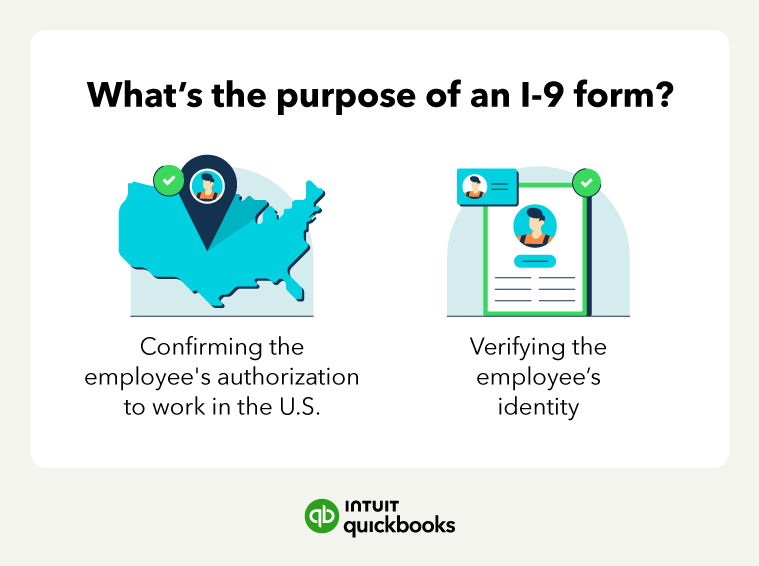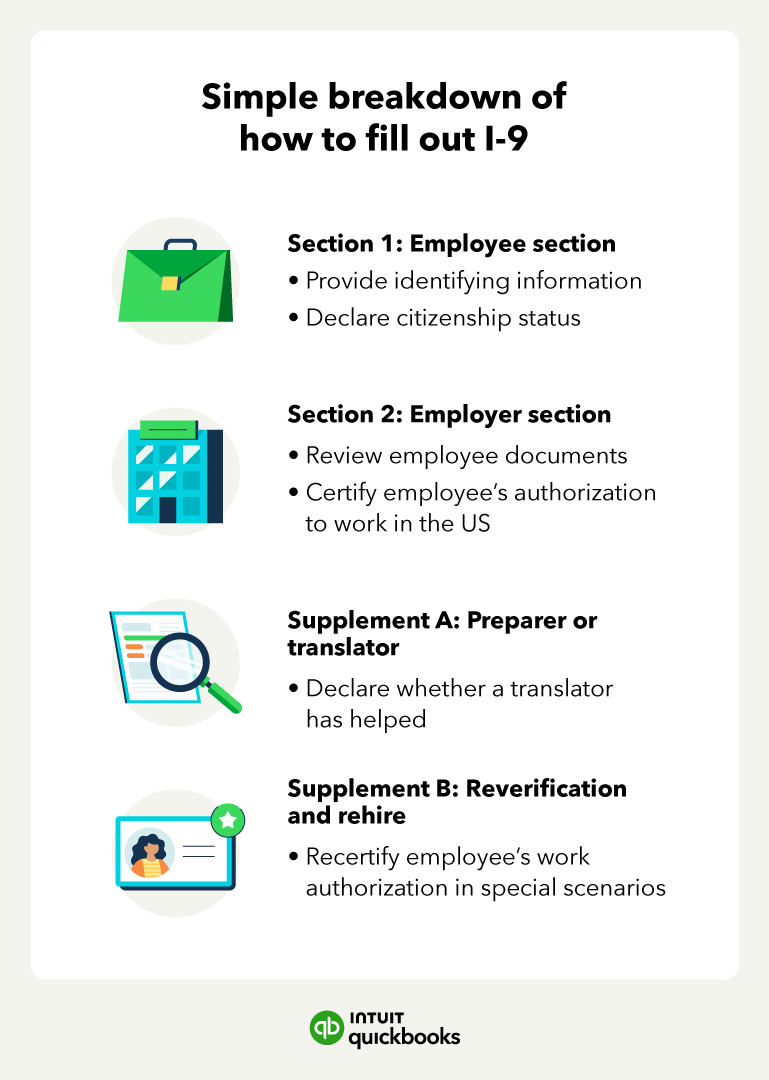Section 1: Employee section
Section 1 is for employee information and attestation. In Section 1, employees provide basic information about their identity, including their:
- Name
- Address
- Date of Birth
- Social Security Number
- Email address (optional)
- Telephone number (optional)
- Citizenship status
Citizenship status often causes the most confusion in Section 1 of the I-9. The form asks employees to check one of four citizenship options. They must attest, under penalty of perjury, that they are:
1. A citizen of the United States: This includes those born in the US, including Puerto Rico, Guam, and the Virgin Islands, or those legally naturalized into the country.
2. A noncitizen national of the United States: Employees born in American Samoa, some former citizens of the Trust Territory of the Pacific Islands, and some children of noncitizen nationals born abroad are in this category.
3. A lawful permanent resident: This includes noncitizens who permanently and legally live in the United States. Lawful permanent residents usually have visas that document their status. When filling out the I-9, these employees must include their seven- to nine-digit Alien Registration Number or USCIS Number.
4. An alien authorized to work: Asylees, refugees, those with a Temporary Protected Status, and other unique circumstances fall under this category. Those who select this option must indicate in the space provided when their employment authorization expires. If the employee’s employment authorization documentation does not include an expiration date, the employee should enter “N/A” in the space.
Aliens authorized to work should include one of three document numbers to support their selection: Their Alien Registration Number/USCIS Number, Form I-94 Admission Number, or Foreign Passport Number, including the country of issuance.
Once the employee completes Section 1, they can sign and date the I-9. Make sure new hires complete this section during employee onboarding by the end of their first day of work.
The I-9 is available in English and Spanish. If needed, a translator, family member, or friend can help them prepare Section 1. In this case, also fill out Supplement A, which declares the use of a translator or preparer.













 It’s important to consult with legal counsel or an HR professional to accurately identify any exemptions that might apply to your specific situation.
It’s important to consult with legal counsel or an HR professional to accurately identify any exemptions that might apply to your specific situation.





